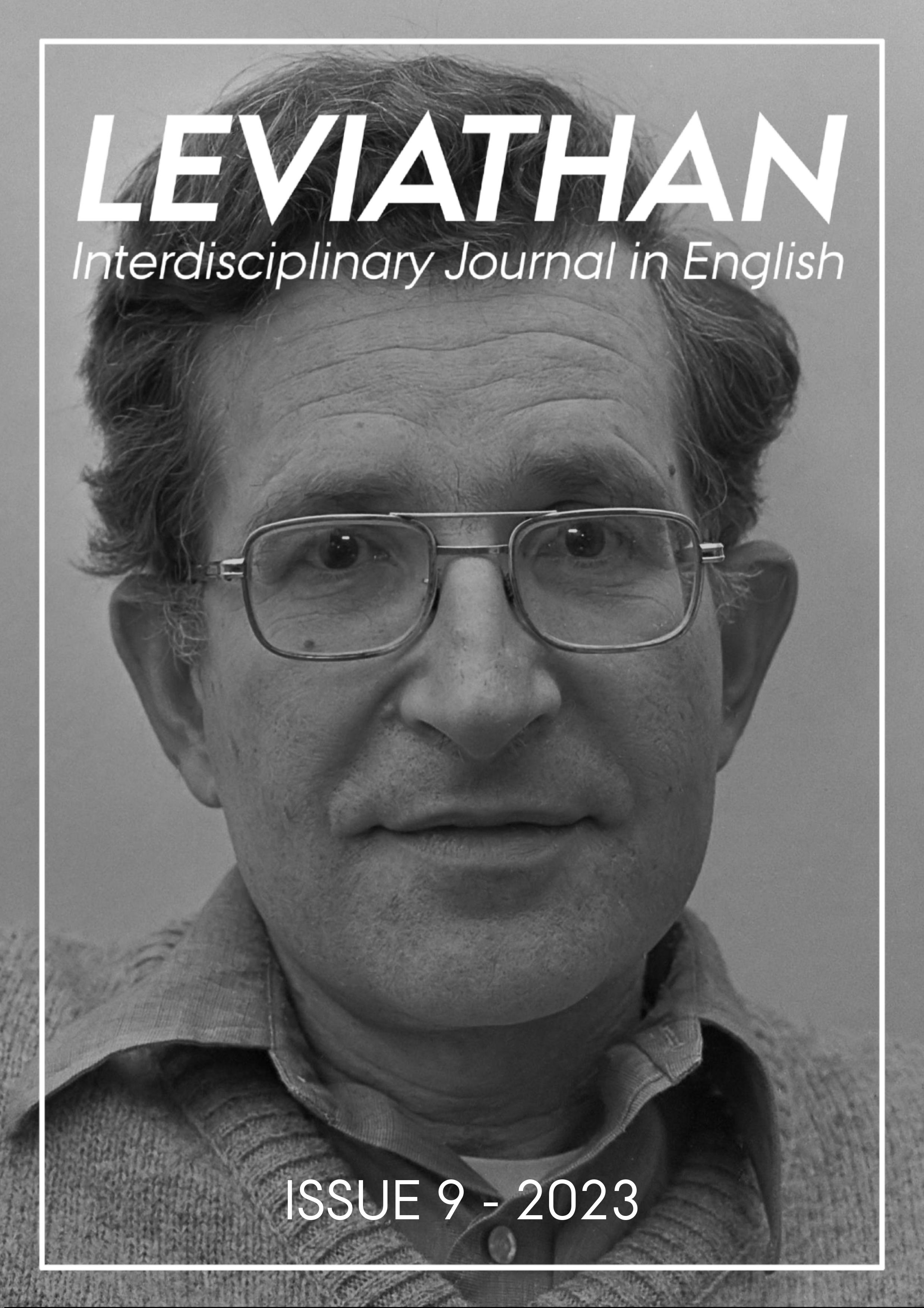Grammatical Gender and Cognition
How Language May Shape Thought and Culture
DOI:
https://doi.org/10.7146/lev92023136543Keywords:
Sapir-Whorf, linguistic relativity, grammatical gender, languageAbstract
This study aims to answer the question "does grammatical gender have any impact or influence on thought or cognition?" by comparing results from a conducted experiment with English- and Spanish-speaking segments. The question is tied to the theory of linguistic relativity that explores the possibility of language influencing thought.
References
Boroditsky, Lera, and Webb Phillips. 2003. “Can Quirks of Grammar Affect the Way You Think? Grammatical Gender and Object Concepts.” Accessed January 12, 2023. https://escholarship.org/uc/item/31t455gf.
Boroditksy, Lera, Lauren A. Schmidt, and Webb Phillips. 2003. “Sex, Syntax, and Semantics.” In Language in Mind: Advances in the Study of Language and Thought, edited by Dedre Gentner and Susan Goldin-Meadow, 61-79. https://web.stanford.edu/class/linguist156/Boroditsky_ea_2003.pdf.
Ervin, Susan M. 1962. “The Connotations of Gender.” Word 18 (1-3): 249-261. doi:10.1080/00437956.1962.11659776.
Fortson, Benjamin W. 2004. Indo-European Language and Culture: An Introduction. Padstow, Cornwall, UK: Blackwell Publishing.
Haertlé, Izabella. 2017. “Does Grammatical Gender Influence Perception? A Study of Polish and French Speakers.” Psychology of Language and Communication 17 (1): 386-407. doi:10.1515/plc-2017-0019.
Lew-Williams, Casey, and Anne Fernald. 2007. “Young Children Learning Spanish Make Rapid Use of Grammatical Gender in Spoken Word Recognition.” Psychological Science 18 (3): 193-198. https://journals.sagepub.com/doi/epub/10.1111/j.1467-9280.2007.01871.x.
Mullen, Mary K. 1990. “Children’s Classifications of Nature and Artifact Pictures Into Female and Male Categories.” Sex Roles 23 (9-10): 577-587. doi:10.1007/BF00289769.
Ortner, Sherry B. 1974. “Is Female to Male as Nature is to Culture?” Feminist Studies 1 (2): 5-31. http://radicalanthropologygroup.org/sites/default/files/pdf/class_text_049.pdf.
Rose, R. Selden, and Leonard Bacon. 1919. “The Lay of the Cid.” Semicentennial Publications of the University of California: 1868-1918. University of California Press. Accessed January 12, 2023. https://www.sacred-texts.com/neu/cid.htm.
Segel, Edward and Lera Boroditsky. 2011. “Grammar in Art.” Frontiers in Psychology 1: 244. https://www.ncbi.nlm.nih.gov/pmc/articles/PMC3153848/.
Sera, Maria D., Christian A. H. Berge, and Javier del Castillo Pintado. 1994. “Grammatical and Conceptual Forces in the Attributon of Gender by English and Spanish Speakers.” Cognitive Development 9 (3): 261-292. doi:10.1016/0885-2014(94)90007-8.
Slobin, Dan I. 1990. “The Development from Child Speaker to Native Speaker.” In Cultural Psychology: Essays on Comparative Human Hevelopment, edited by In James W. Stigler, Richard A. Shweder, and Gilbert Herdt, 233-256. Cambridge: Cambridge University Press. https://catdir.loc.gov/catdir/samples/cam034/88037008.pdf.
Wheeler, Benjamin I. 1899. “The Origin of Grammatical Gender.” The Journal of Germanic Philology 2 (4): 528-545. https://www.jstor.org/stable/27699089
Downloads
Published
How to Cite
Issue
Section
License
Copyright (c) 2023 Leviathan: Interdisciplinary Journal in English

This work is licensed under a Creative Commons Attribution-NonCommercial-NoDerivatives 4.0 International License.
Attribution-NonCommercial-NoDerivatives 4.0 International (CC BY-NC-ND 4.0)
You are free to share (copy and redistribute the material in any medium or format).
However:
You may not use the material for commercial purposes.
You must give appropriate credit, provide a link to the license, and indicate if changes were made. You may do so in any reasonable manner, but not in any way that suggests the licensor endorses you or your use.
If you remix, transform, or build upon the material, you may not distribute the modified material.
You may not apply legal terms or technological measures that legally restrict others from doing anything the license permits.





